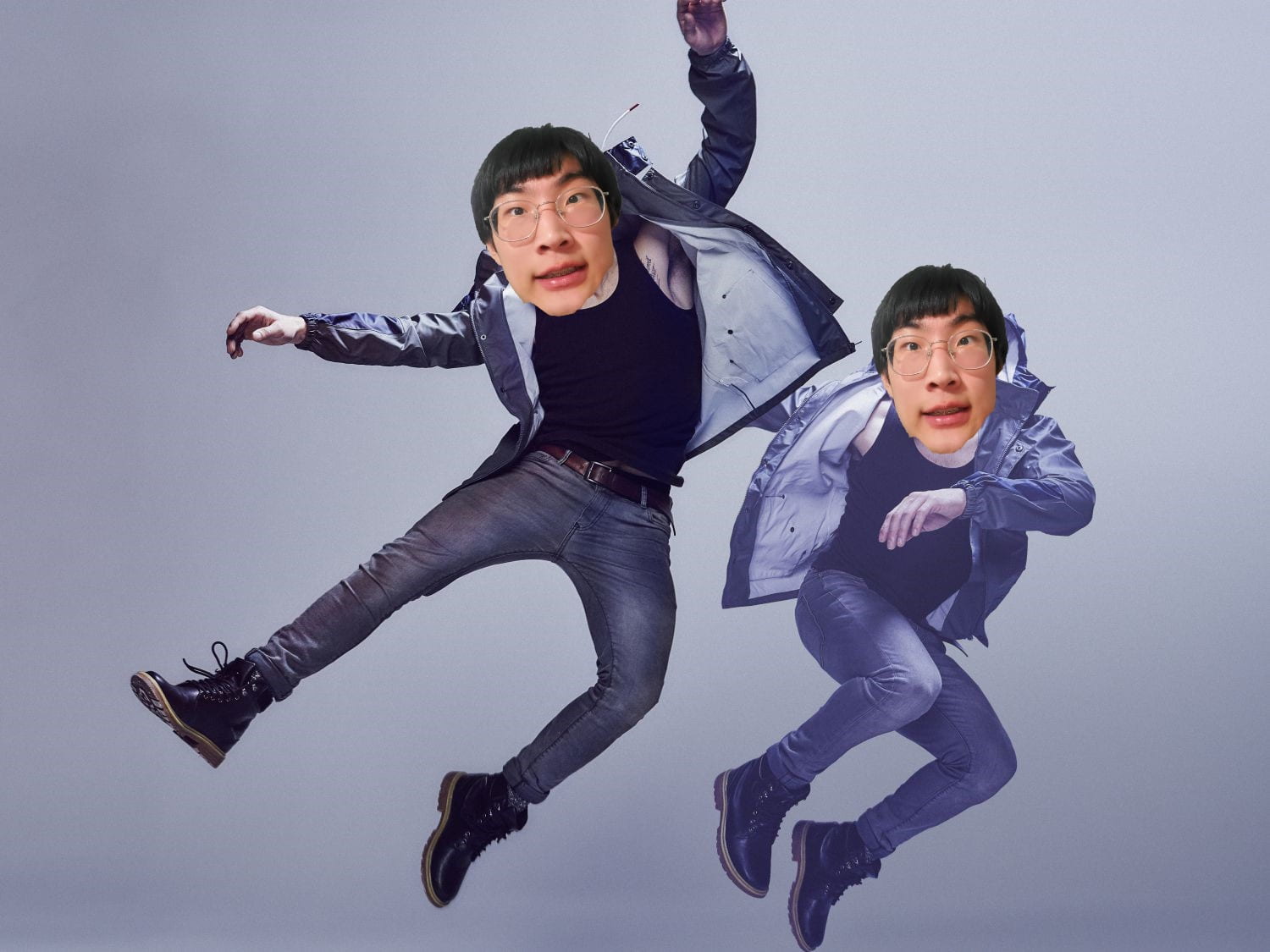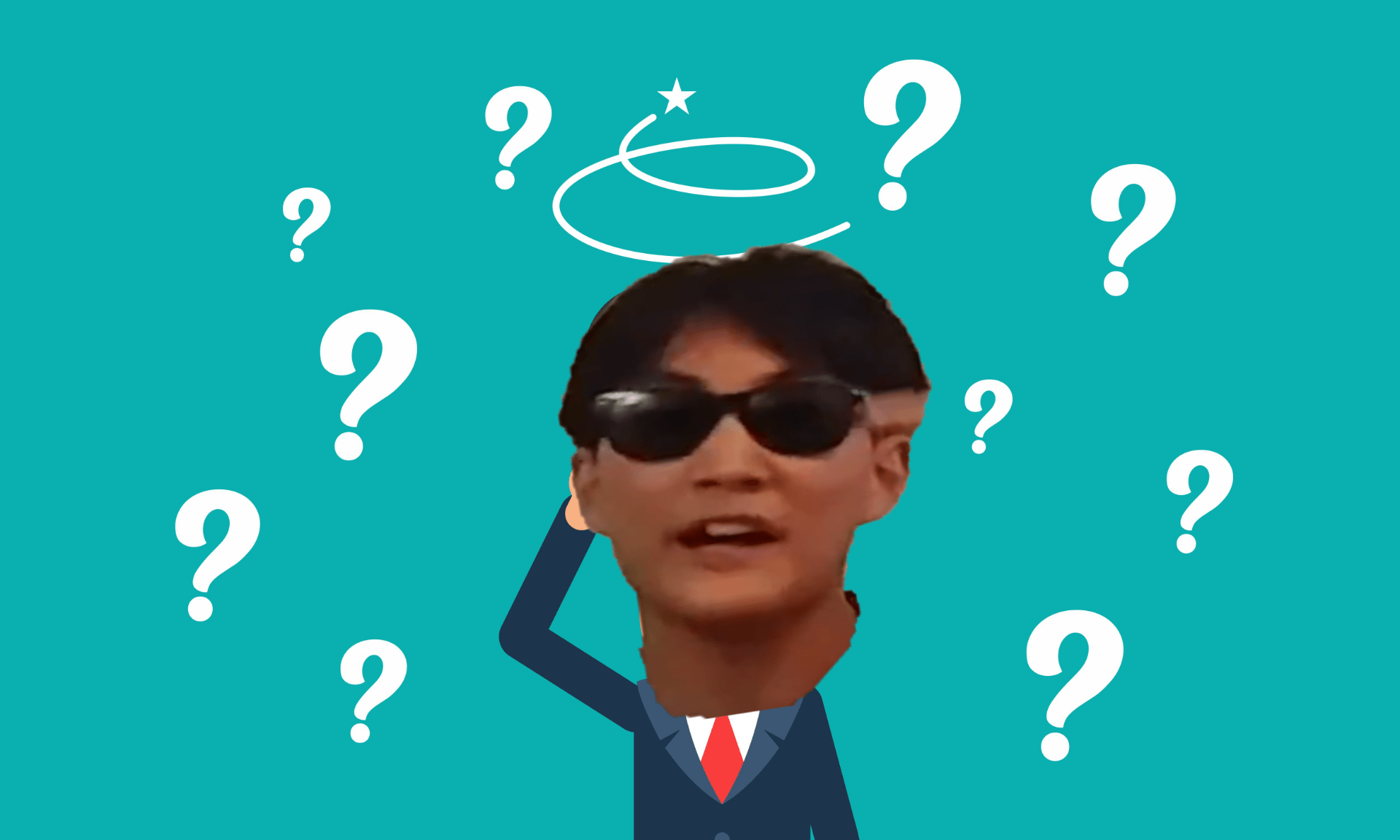Session 1: The Law of Explosive Growth
In John C. Maxwell’s “Developing the Leaders Around You,” The Law of Explosive Growth talks about how the methods you use to lead in your organization can widely affect its growth and success. In Maxwell’s book,
The 21 Irrefutable Laws of Leader, the law is explained by saying to add growth, you lead followers, while to multiply growth, you have to lead leaders. By leading and developing your own leaders, you are not only helping that individual and yourself but the entire organization’s efficiency. I liked Maxwell’s use of adding and multiplying as terms because I believe they represent the effect of each leading style very accurately. If I was a 10 and I was leading another 10 as a follower, our team would only be a 20. I have simply added another 10 to my own. While this is not the wrong way to lead, if I were to lead that 10 as a leader, which is represented by multiplication, our team would skyrocket into a 100 compared to the measly 20 we had before. The ability to lead and develop someone who could take your own position is both a very risky but rewarding act that responsible leaders will need to do for a growing organization.
I chose this principle because I have always had a similar mindset to this law, in which any group should be aiming for multiplication between their teammates rather than addition. Once mentioned in my wrap-up TALONS call back in June, if we as learners can build each other up and grow as we go, we will surely be multiplying our efforts.
This law simply highlights the significance of developing leaders, which through these sessions I have learned is a crucial factor to a good team. By mentoring the grade 9s and supporting my fellow grade 10 learners in event planning and other projects, the TALONS community as a whole will be a strong household for a plethora of leaders.
Session 2: Leaders have the ability to make things happen.
Maxwell’s principle about how leaders have the ability to make things happen is a resonating fact with me as a leader. The whole purpose of a leader is to lead, and I believe that starts with going out there and making something happen. When the leader becomes the first example of whatever they are trying to accomplish, followers will naturally come as they see the momentum that you have already built up yourself. A leader is a momentum maker – they say and do things that start momentum. It’s the ability to think differently and simply going for it that makes a leader so interesting to follow. Having ambition and being committed will attract the right kind of followers which you could then develop into leaders.
As stated earlier, this principle resonates with me for a multitude of reasons. To sum it all up though, I simply agree with Maxwell’s point of how a leader has the ability to make things happen. I believe I live and breathe this quote most of the time with my creative and ambitious personality that takes me to uncharted grounds all the time. I have been able to make things happen and start ripple effects wherever I go, which I believe is the most important goal of a leader.
As this school year is different than anything else we’ve had before, we as leaders are expected to adapt and think of new creative ways to keep the heart of TALONS in our class. This means that each of us will have to make things happen that have never been done before in the program. And although there is still a possibility of failure from our actions, it is simply the heart to go out and try it that makes a leader so impactful.
Session 3: People do what people see
Maxwell made a great point in his 3rd session of “Developing the Leaders Around You,” in which he talks about the importance of modeling and that people will do what they see rather than what they hear. “No matter what you teach the child, he insists on behaving like his parents.” We as humans are naturally born to follow what we are seeing, expecting that it is the right thing to do. 89% of our learning comes from a visual standpoint, and we tend to learn most skills and concepts when we are being shown how it works with our own eyes. When we are teaching good concepts to the people around us, but demonstrating bad examples, the people I have taught will now take inspiration not from my words but from my actions. It is simply how we think and learn from each other, so it is so crucial to be able to do what we teach.
I chose this principle as I have related to its effects countless times both at home and at school. Specifically, when I tried to learn the backflip over the summer, I found it very difficult to listen to my dad’s advice as he himself wasn’t able to perform what he was teaching, but rather highlighting what he is seeing with his own eyes. This creates a disconnect between my dad and me as I cannot see how I am performing and can’t understand my dad’s advice most of the time. I found it much more helpful to watch videos of people who have already learned the backflip and take the advice that they had.
Being a grade 10 TALONS learner, I believe it is important that I am able to model what I am teaching so that I am able to effectively develop the leaders within each of the grade 9 talons learners. I wouldn’t want to confuse anyone’s method of leading through my lack of ability to do what I teach.
Session 4: I Motivate
The ability to motivate yourself and your team is often overlooked. Being able to genuinely trust your team and work as one group is already a task on its own, but this becomes much more difficult when you are expected to keep the morale of your team up. The Chinese poem known as Go to the people preaches about how you can go to the people to learn and build on what they have but most importantly that you can unite with the people to accomplish great things. A leader must consistently try to raise their own and other’s leadership levels for a more effective team that is highly motivated.
I chose this principle as I believe it is the one that I need to work on the most out of this entire book. As I was evaluating myself on the question that related to the “I Motivate” principle, I noticed that there was still much more I had to learn, and much more I could change about my leadership mindset. I need to able to trust that my team can produce stronger and more creative ideas than if I were to think on my own, and I must be able to let go of my positions for a more effective teammate.
Motivation is such a broad yet impactful term that we could all use a little more of in these times. By keeping a clear goal and taking small steps to achieve them, we are already motivating the team to accomplish tasks as quickly as possible. This will be important when we begin to plan our leadership events and adventure day trips, as the tasks can become confusing and many will fall under the pressure of it all.






